“if someone around you says “I’m doing my best” in a playful weird tone. They’re a sinking ship. They’ll say no, but do something nice for them anyway. We’ve all been there.”
Language is fascinating to me.
If you take a little time to look up its origins you'll see a few different theories.
However, the one I want to discuss here isn't an evolutionary intelligence language. Meaning we didn't develop it to pass down information to evolve and adapt.
It seems to be quite the opposite.
It's the language that counters what our biology so desperately desires, survival.
This is modern-day body language. More specifically cognitive dissonance in social settings.
The Wall Street Journal conducts the same study every few years letting us know what our most common fear to modernized men is.
No surprise... it's dying...
No wait, that's not right.
Falling?
Nope, not that either. (Awkward)
In fact, the number one fear for the last decade has been... Public speaking.
"People would rather be in the casket than give the eulogy." - Jerry Seinfield
In our modern world we break our biological drivers, psychological connections and social rules ON A DAILY BASIS.
Sometimes for fun!!!
But more than anything else we use language like "I'm okay", "I'm doing my best", and "great".
All wrapped up in cognitive dissonance.
Cognitive dissonance is when our thoughts, feelings, actions, and memories don't match one another.
Self-preservation of the self, isolation, and disconnection, all go against 200k years of homo sapien evolution.
To simply keep us "safe".
But who's safety is that?
Certainty not yours... Why would you perform such behaviors that keep you held back from expressing your true potential?
Well that's because your brain is a self-evolving, self-adapting supercomputer that.... drum roll, please!!!
Is actually faster than your mind.
Yup. Not even your mental willpower can save you here.
Research shows that the threat detection centers in the brain can be up to 10x faster than the frontal cortex, where our executive will and intentional focus lives.
So yeah, we are all screwed... good luck.
Wrong (thank goodness)
But before we let the genie out of the bottle you have homework.
How have you in your life taken a bad day and turned it into good?
I truly hope you took some time to reflect on this, when I ask participants in events I speak at this question without fail they find for themselves the solution for this breaking of biology.
It’s the simple fact that our brain is not designed for inactive discomfort.
When we create levels of uncertainty, pain, suffering or vulnerability we do so through actions. Which is exactly what the brain is designed to do.
The area of the brain that coordinates movements is yolked to another part that has the highest affinity for dopamine (pleasure chemicals) so we get rewarded for action. NOT for thinking or feeling.
The common phrase is:
“Mood follows action.”
In the midst of protecting the self with procrastination, perfectionism and all kinds of sabotaging behaviors we quickly realize the slow pain of intentionally suffering isn’t actually as bad as taking action towards the thing that will give us relief.
That’s because when fear and stress run the show we don’t function from logical thinking we function from survival mechanisms which DO NOT look for long term solutions. Which is why this area of the brain will self sabotage in hinder the immediate pain that action would cause.
The long story short here is that your nervous system under stress created adaptions based on it’s environment. Which now has the immediate and instantly distracting powers of technology. So with this brand new shiny tool your brain went to work carving out behaviors which would allow it to stop you from taking action and live peacefully in the slow sipping poison of distractions, sabotage and regret.
The cure to this poison is action. Plain old action.
It’s gaining clarity on what you’re disconnecting from that might bring you pain, and then building up endurance to face it.
Here is my process:
1.) What emotion am I experiencing?
2.) When did I first encounter this emotion?
3.) What was I doing, who was I with?
4.) Is the disassociating behavior logical?
5.) What’s the polarity of this emotion?
6.) When was the last time I experienced that emotion? What was I doing? Who was I with?
7.) Schedule that behavior into your week 3x.
8.) Use metacognition to reflect on how that emotion that you desire makes you feel, then use that chemical inertia to face the action that will actually solve the originally pain.
9.) Sip your coffee like a badass.
(sips coffee)
If you need more help building this out below I dropped my calendar link to see how if we can build you a badass schedule together.
Happy Healing!!!
